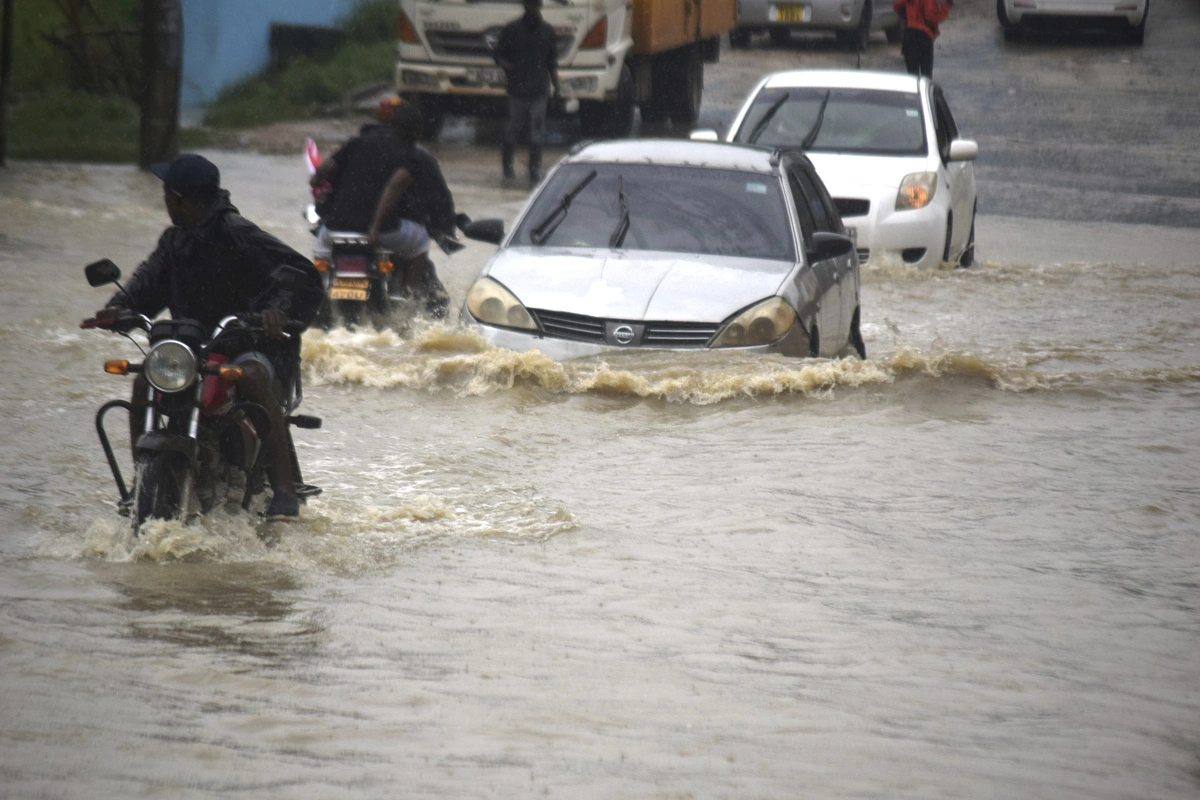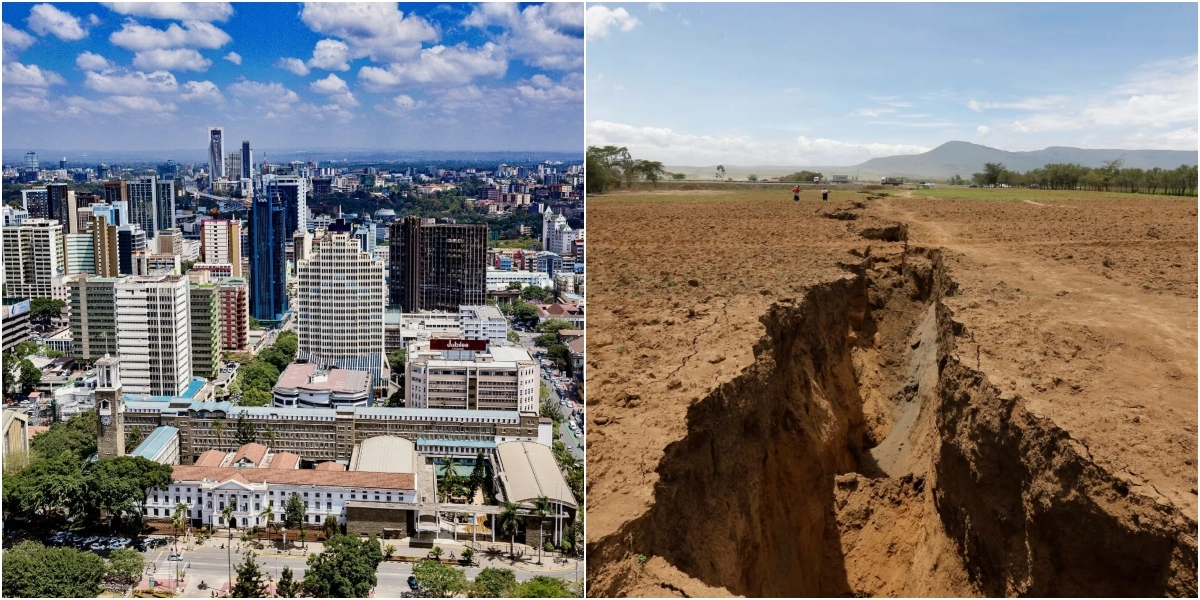Nairobi, Kenya- The Kenya Meteorological Department has issued an alarming forecast for Nairobi and surrounding counties, warning of a stark contrast in temperatures over the next five days. Director General David Gikungu revealed that residents should prepare for bone-chilling nights with temperatures plunging to 7°C, while daytime highs could soar to a blistering 37°C.
A Weather Whiplash
The forecast predicts a significant temperature oscillation, especially impacting Nairobi, Nyandarua, and Laikipia, among other regions. Night temperatures are expected to hover between 7°C and 9°C, while daytime heatwaves will push the mercury to unprecedented levels. This dramatic shift in temperature is set to create a challenging environment for residents.
Scorching Heat Across Counties
Nairobi isn’t the only area facing extreme weather. Counties such as Marsabit and Mandera will experience daytime temperatures peaking at 37°C. Coastal areas, including Mombasa, are set to bask in 33°C heat with predominantly sunny conditions.
The South-eastern lowland regions and the Rift Valley won’t escape the heat either, with daytime temperatures expected to reach up to 34°C. These areas will also experience intermittent cold and cloudy conditions.
Dry Conditions and Strong Winds
While the temperatures rise, most parts of the country will remain dry, with only a few areas likely to receive continued rains. Coastal and northeastern regions should also prepare for strong winds exceeding 25 knots, adding another layer of complexity to the weather scenario.
Recent Floods and Evacuations
This weather forecast follows months of devastating floods that have wreaked havoc across Kenya. Overflowing dams and eroded embankments prompted the government to mandate the immediate evacuation of individuals living within a 30-meter riparian corridor nationwide.

291 people were killed, 188 injured, and 75 missing, while an estimated 278,380 people (55,676 families) were displaced and more than 412,760 (82,552 families) were affected by heavy rains and floods between 1 March and 16 May 2024, according to the National Disaster Operations Centre (NDOC).
Education and Climate Crisis
The climate crisis is profoundly impacting education. A recent analysis by Save the Children highlighted that around half of school children and adolescents live at the forefront of climate-related disruptions. Since 2020, climate shocks have disrupted the education of 62 million children and adolescents in 27 countries, including Kenya, causing significant long-term impacts on learning. Not to mention the associated health problems; waterborne diseases and mental health effects associated with traumatic experiences.
Human-Wildlife Conflicts on the Rise
Climate change is not only affecting human communities but also wildlife. Northern Kenya is grappling with the worst drought in decades, decimating wildlife populations and pushing endangered species like the reticulated giraffe closer to extinction.
Illegal deforestation for charcoal production has further destroyed habitats, leaving wild animals starving and pushing them closer to human settlements. This escalation in human-wildlife conflict has seen increased incidences of poaching and dangerous encounters between wildlife and people, particularly around Nairobi National Park where lions have been known to escape into residential areas.
Comprehensive Solutions Needed
Addressing human-wildlife conflicts requires a comprehensive approach that considers ecological, social, and climatic factors. Sustainable solutions must be implemented to protect both human and wildlife populations, ensuring harmonious coexistence.
Staying Safe Amid Extreme Weather
As Kenyans brace for this weather rollercoaster, it’s crucial to stay hydrated, seek shade during peak sun hours, and bundle up warmly at night. Monitoring weather updates and taking necessary precautions will be essential to navigate these extreme conditions safely.
Mother Nature’s unpredictable weather patterns serve as a stark reminder of the broader impacts of climate change, urging both immediate action and long-term strategies to mitigate its effects.


































